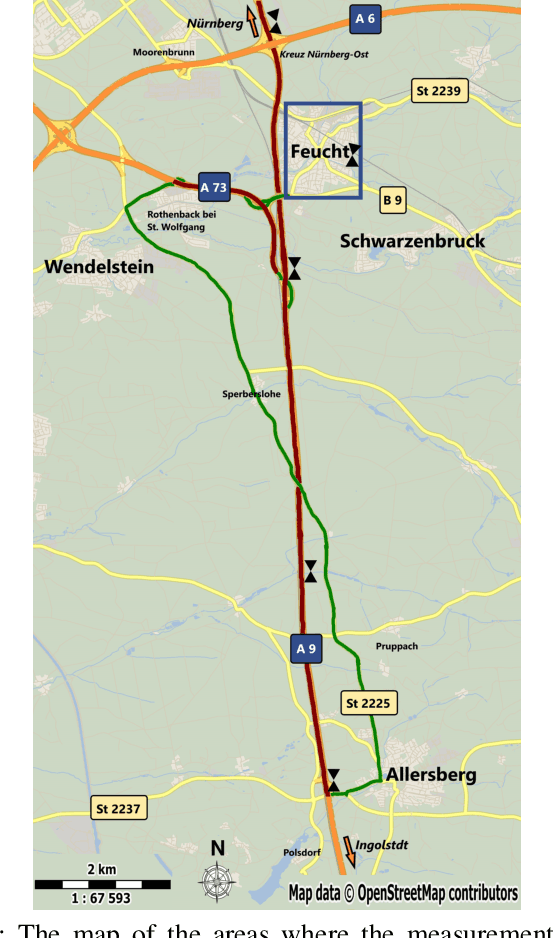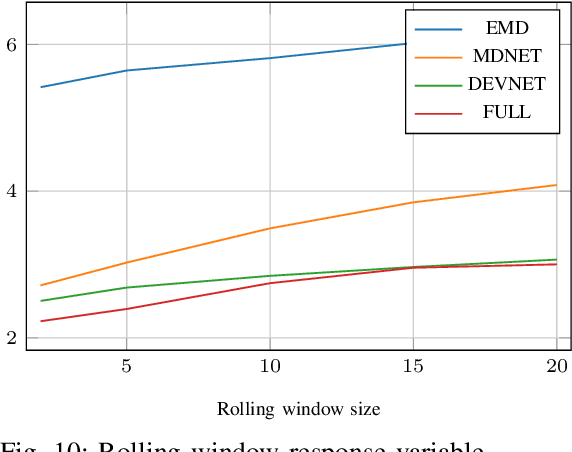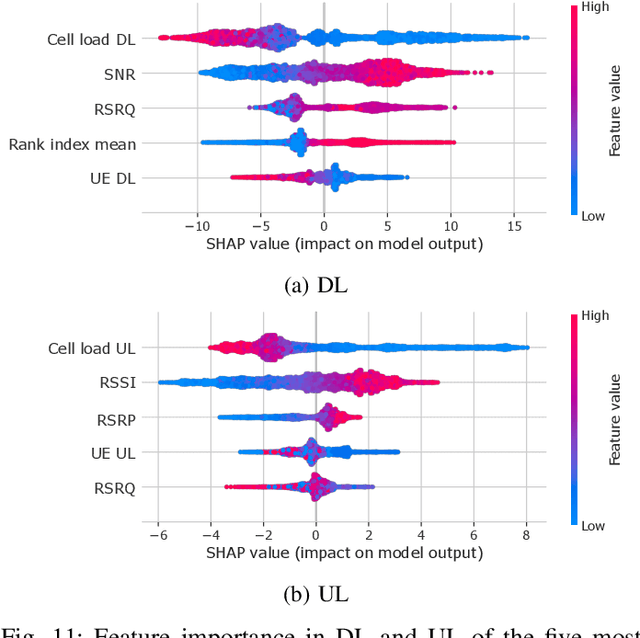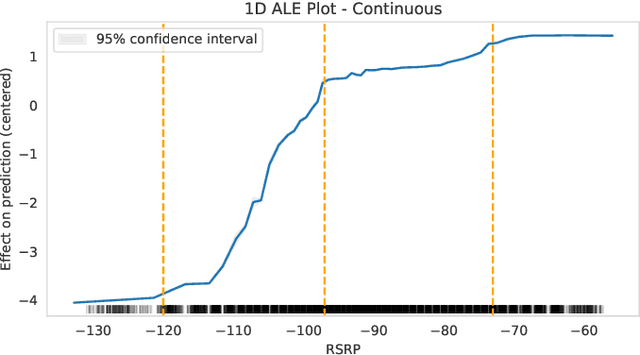Christian L. Vielhaus
Deep Reinforcement Learning for the Joint Control of Traffic Light Signaling and Vehicle Speed Advice
Sep 18, 2023



Abstract:Traffic congestion in dense urban centers presents an economical and environmental burden. In recent years, the availability of vehicle-to-anything communication allows for the transmission of detailed vehicle states to the infrastructure that can be used for intelligent traffic light control. The other way around, the infrastructure can provide vehicles with advice on driving behavior, such as appropriate velocities, which can improve the efficacy of the traffic system. Several research works applied deep reinforcement learning to either traffic light control or vehicle speed advice. In this work, we propose a first attempt to jointly learn the control of both. We show this to improve the efficacy of traffic systems. In our experiments, the joint control approach reduces average vehicle trip delays, w.r.t. controlling only traffic lights, in eight out of eleven benchmark scenarios. Analyzing the qualitative behavior of the vehicle speed advice policy, we observe that this is achieved by smoothing out the velocity profile of vehicles nearby a traffic light. Learning joint control of traffic signaling and speed advice in the real world could help to reduce congestion and mitigate the economical and environmental repercussions of today's traffic systems.
The Story of QoS Prediction in Vehicular Communication: From Radio Environment Statistics to Network-Access Throughput Prediction
Feb 23, 2023



Abstract:As cellular networks evolve towards the 6th Generation (6G), Machine Learning (ML) is seen as a key enabling technology to improve the capabilities of the network. ML provides a methodology for predictive systems, which, in turn, can make networks become proactive. This proactive behavior of the network can be leveraged to sustain, for example, a specific Quality of Service (QoS) requirement. With predictive Quality of Service (pQoS), a wide variety of new use cases, both safety- and entertainment-related, are emerging, especially in the automotive sector. Therefore, in this work, we consider maximum throughput prediction enhancing, for example, streaming or HD mapping applications. We discuss the entire ML workflow highlighting less regarded aspects such as the detailed sampling procedures, the in-depth analysis of the dataset characteristics, the effects of splits in the provided results, and the data availability. Reliable ML models need to face a lot of challenges during their lifecycle. We highlight how confidence can be built on ML technologies by better understanding the underlying characteristics of the collected data. We discuss feature engineering and the effects of different splits for the training processes, showcasing that random splits might overestimate performance by more than twofold. Moreover, we investigate diverse sets of input features, where network information proved to be most effective, cutting the error by half. Part of our contribution is the validation of multiple ML models within diverse scenarios. We also use Explainable AI (XAI) to show that ML can learn underlying principles of wireless networks without being explicitly programmed. Our data is collected from a deployed network that was under full control of the measurement team and covered different vehicular scenarios and radio environments.
 Add to Chrome
Add to Chrome Add to Firefox
Add to Firefox Add to Edge
Add to Edge